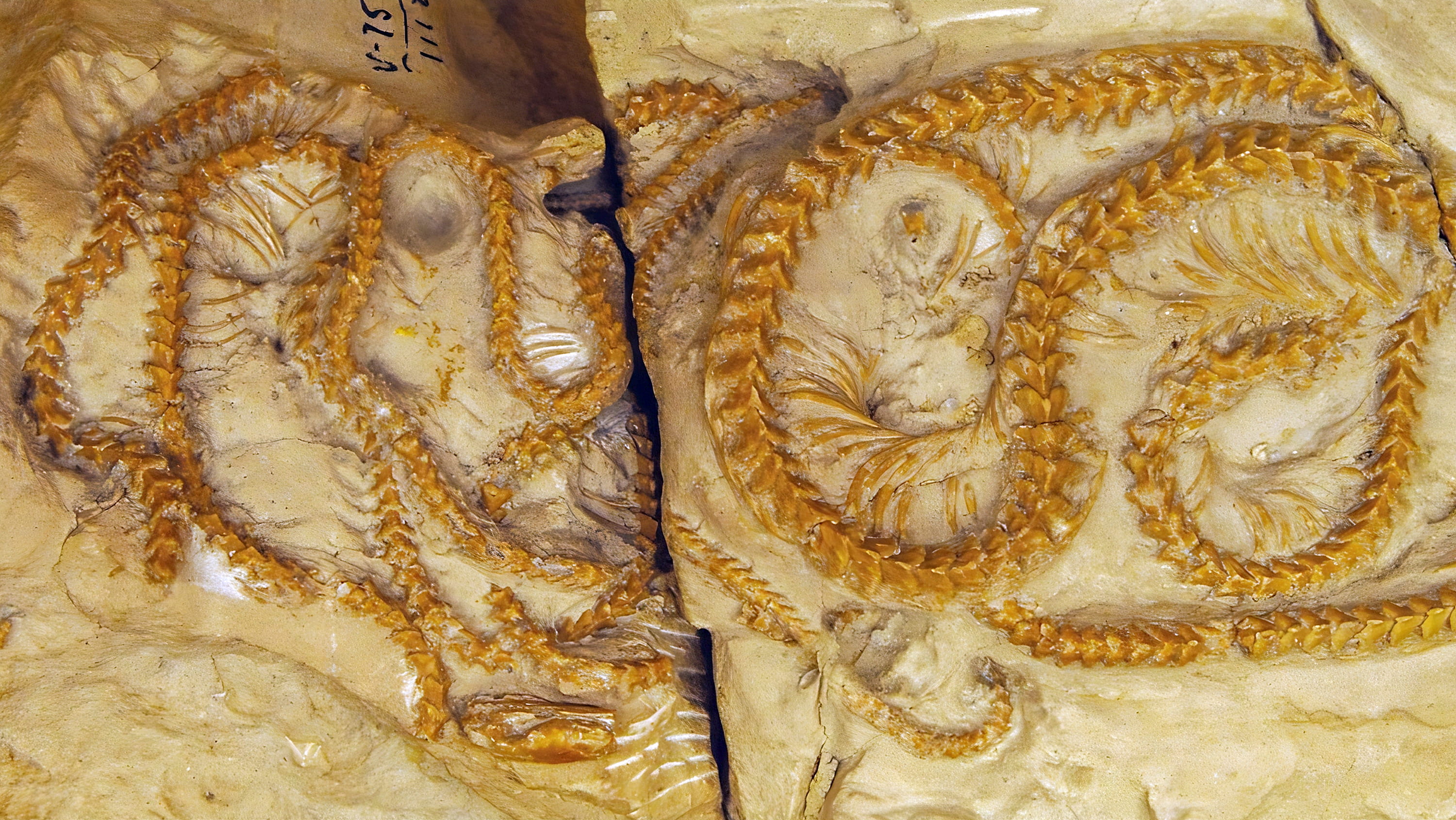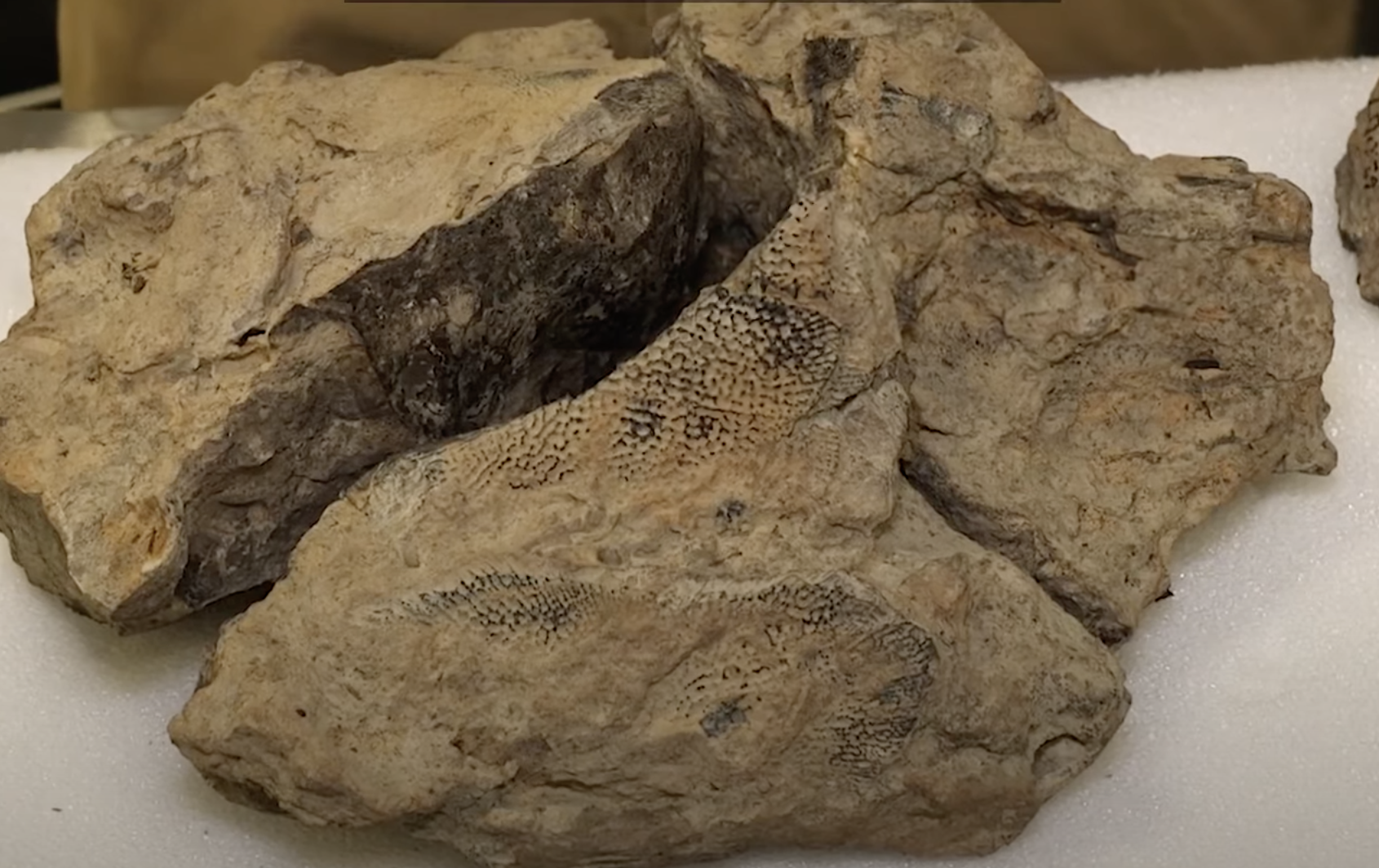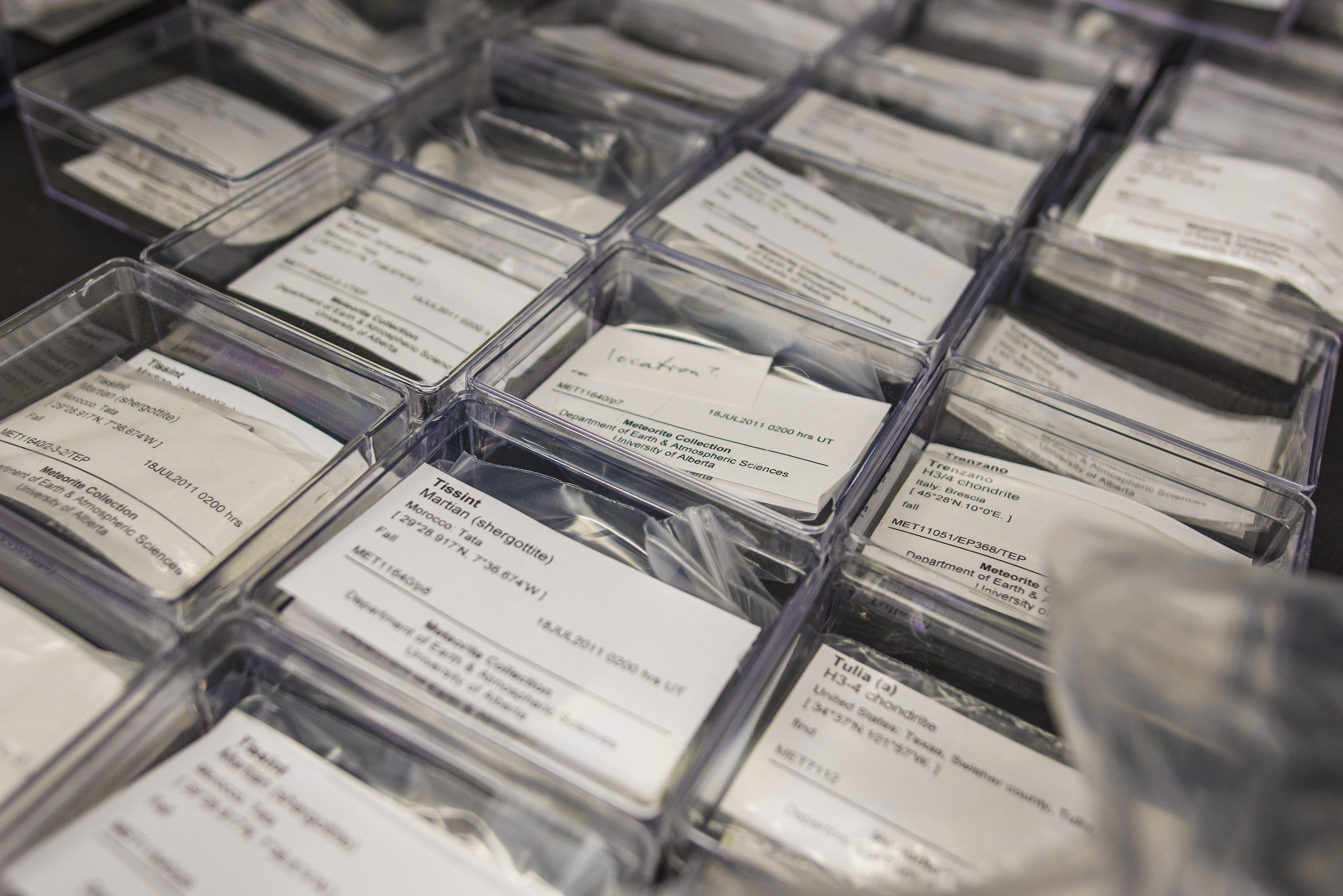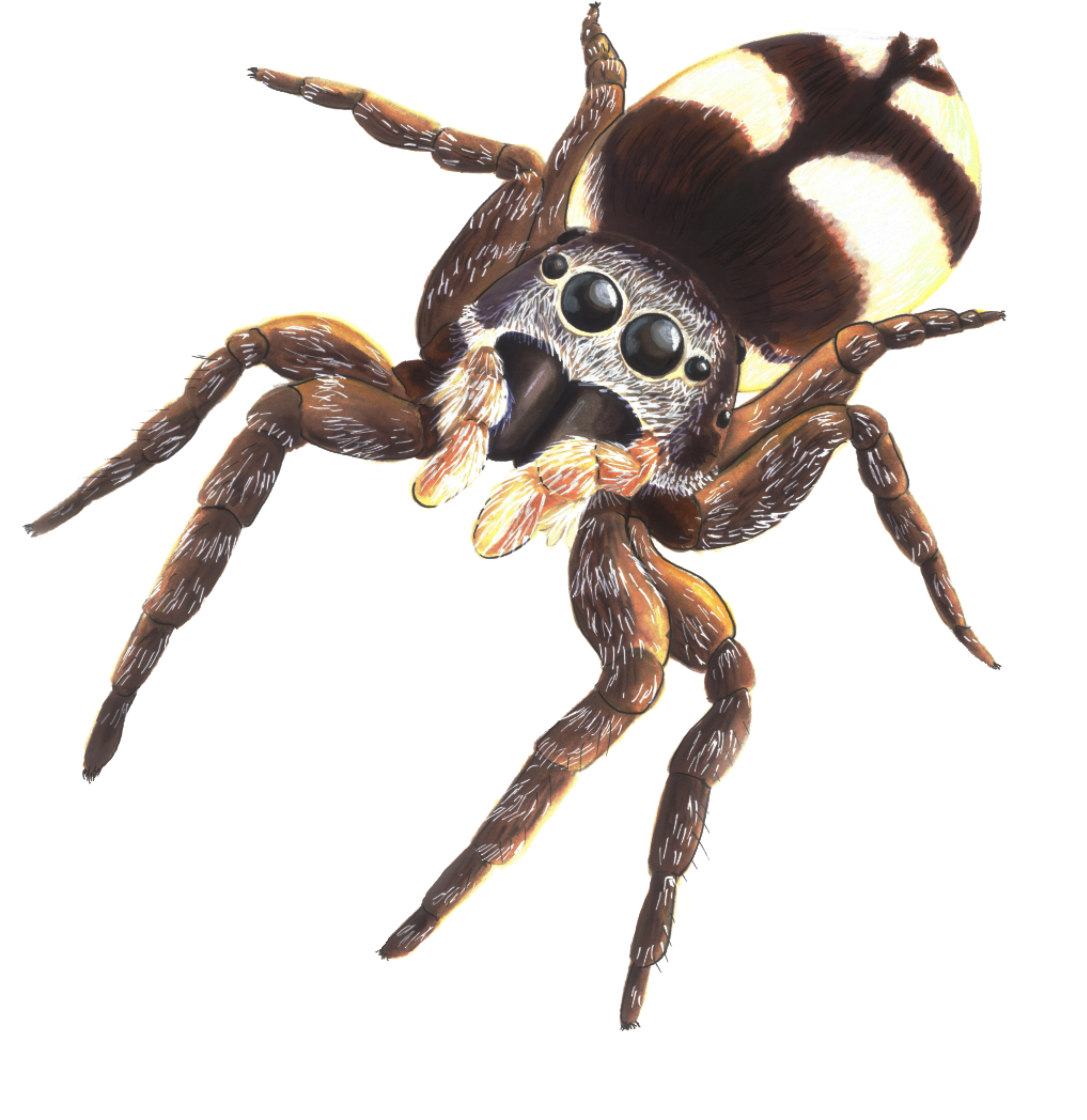Chatting Spiders, Science, and Art with Kirra Kent
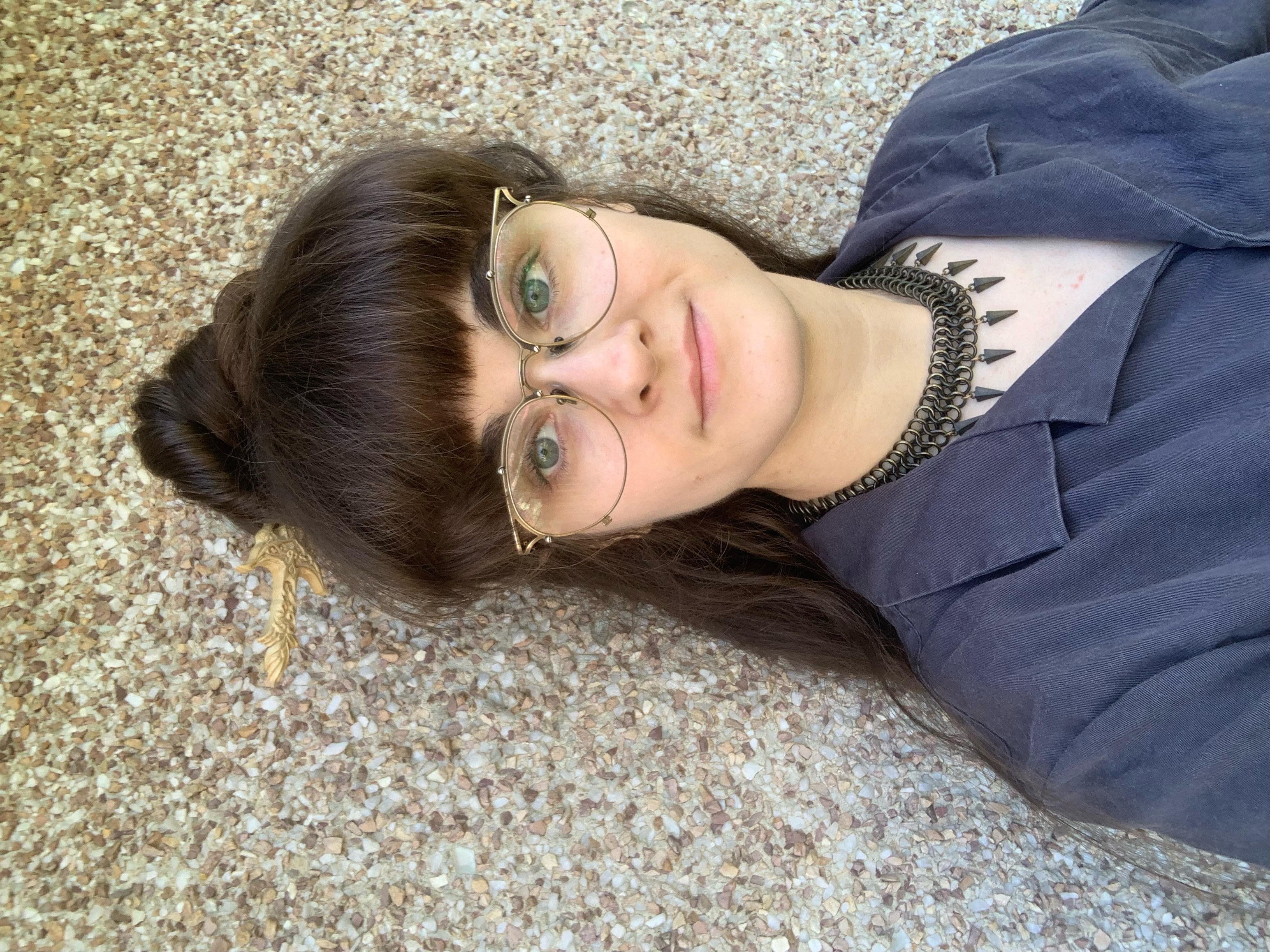
Kirra Kent
Kirra Kent is an MSc student at the University of Alberta currently conducting research on spiders in Alberta’s canola fields. I got a chance to speak with her about her research, her passion for illustration, and the project that has emerged from the two: Lots of Lovely Legs: A Selection of Recognizable Spiders in North America, a book fully written and illustrated by Kirra. Here is our conversation, edited slightly for clarity and length.
Luke: So, Kirra, tell me about what you’ve got going on—where you’re at with your degree, what your field work looks like, that sort of thing.
Kirra: I’m doing an MSc in the Mori Lab and looking at spider diversity in canola—on the inside of the fields as well as on the edge—in different environments: treed stuff, grassy stuff, and so on. I’m also figuring out how to increase live spider retention in dry traps. They’re quite good at climbing out of traps with their silk and the sticky hairs on their feet.
Why spiders?
I’ve just always been really weird and happy with spiders. In elementary school, I’d go out in the grass and just fill my lunch bags with spiders to bring home. My mom was always asking “Why?”
You also do a lot of illustrations of spiders, and bugs in general. Do you feel like that’s been helpful to you as a scientist?
Yeah, I did animation for a while before switching to science. It’s been helpful and I’ve been able to push my career along even when I wasn’t as strong academically because, you know, tests are hard.
How did the book project come to be?
Dr. Felix Sperling [Curator of the E.H. Strickland Entomological Museum] teaches a biodiversity course, and he had some materials for that that I saw and was like, I have some suggestions on how to make identifying and matching spiders to families easier, can I send you some ideas? He said sure but mentioned that we could make a project out of it, something like a kids’ book. It sounded fun, then the pandemic hit and that’s what I worked on—drew a bunch, wrote a bunch.
Do you have any plans with the book moving forward?
I definitely want to get a print version made, but it’s difficult. I have to crowdfund it, or I have to relinquish my rights to a publisher which is a bit of an uncomfortable thought. I had a vision for this book and a publisher won’t necessarily align with that. So it’s just a matter of finding funding or deciding to hand it off. I’ve continued to work on it. People will ask questions that I’ll add to existing sections, which is easy to do with a digital document. I think the most important thing is just having people see it at all. One of the reasons I made the book was to challenge arachnophobia and have people see that spiders are just little guys who do their thing—they’re not evil.
On that note, what’s something you wish more people knew about spiders?
When they run towards you, it’s not because they’re trying to bite you. They think you’re a big tree and a source of shade. They want to hide. They also don’t bite unless you’re putting pressure on their abdomen. If you’re trying to squish them or causing them moral peril, that’s when they’ll bite—and it’s very costly for them to bite you.
Do you feel like there is a tendency for people to draw too firm of a distinction when thinking about art and science? It seems like the two are treated as entirely separate and we miss out on a lot of interesting overlap.
Definitely. A lot of the really strong scientific minds of history have been people who were doing other creative things. It’s important to open your world. If you keep yourself in a logic box, you’re not going to think of a weird but useful solution to a science problem. And the same with art. Understanding some chemistry has helped me deal with fussy materials instead of just throwing money at the problem until something works.
You have an instagram account where you post drawings of insect-human hybrids. What about that as a subject interests you?
To be honest, the first one I did (the shrimp) was entirely in response to someone sending me a terrible photo. They sent me a photo and were like, please draw my shrimp. The head and the body were in focus but I couldn’t see any of the legs. So I thought, I’m going to draw you a gross, man-armed shrimp so you can suffer for sending a bad reference image. Then I was like, oh, this is a lot of fun, I’m going to do more. It was a stupid idea that came from trying to solve a bad photo and it’s turned into its own thing. Then there’s the bugs in clothes, which is sort of an LGBTQ, feminism thing where I’m putting this over-the-top, glamorous clothing on bugs. People are like, “they’re bugs, they’re gross,” and I’m like, no, they’re divas and you don’t know it.
Do you have a favourite bug movie or book?
I love A Bug’s Life. When I did 3-D animation so that was the kind of stuff I was looking at and being like, wow, this is cool.
Do you have any favourite artists? Or artists you think have influenced your style?
I really like Alphonse Mucha. I love Art Nouveau. I’m currently working on a bug in that style that I’m really excited about. And H.R. Giger. He inspired a lot of the biomechanical style art, which I really like.
And last question: Do you have another favourite thing to draw besides bugs?
I used to do a lot of portraiture. I enjoy going to cafes and drawing people. Everyone is different. It’s awesome. There is so much variety in the shapes of peoples’ faces. I like that and drawing dragons.
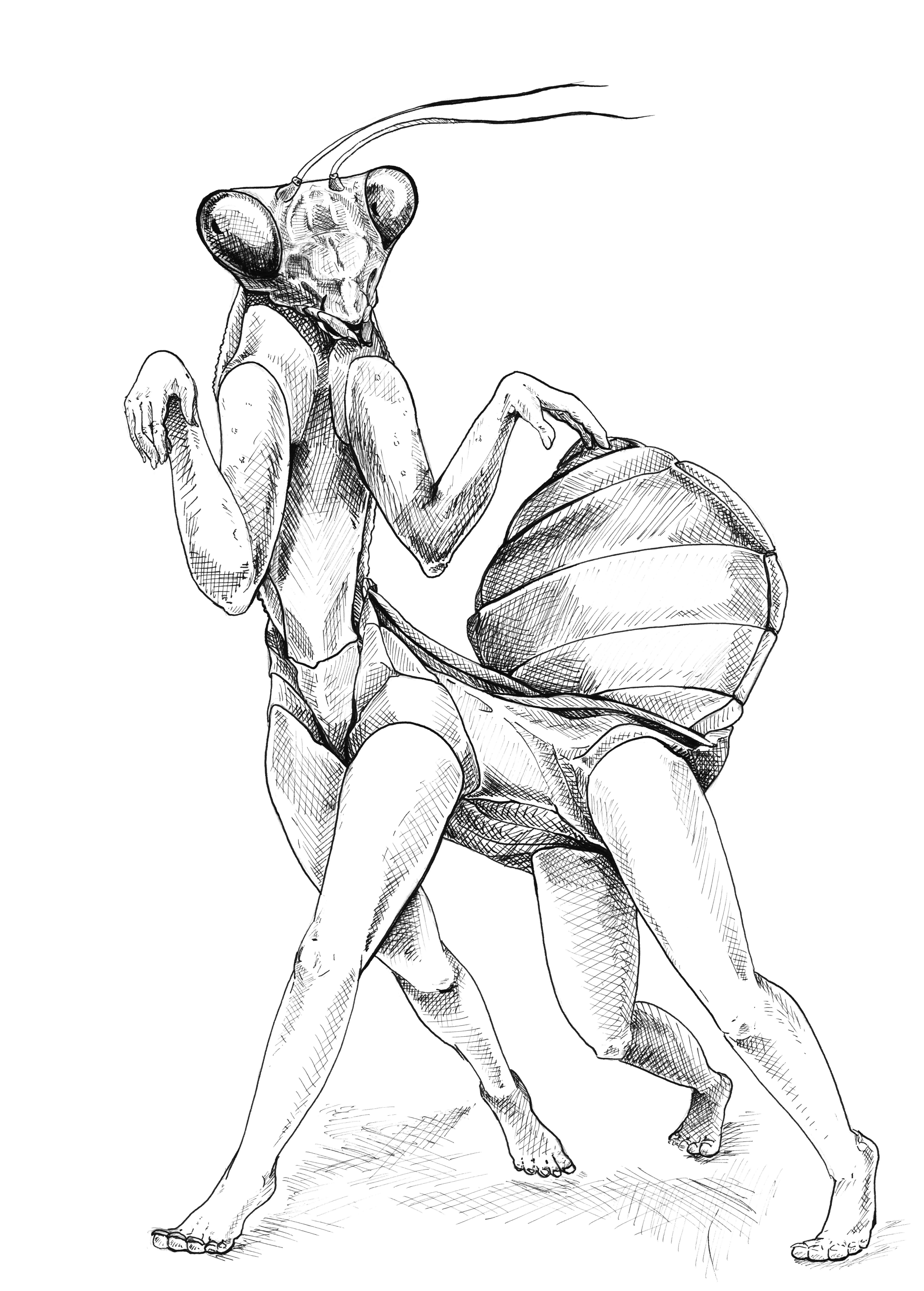
The digital version of Kirra’s book can be found here and downloadable colouring sheets drawn by Kirra can be found here.
